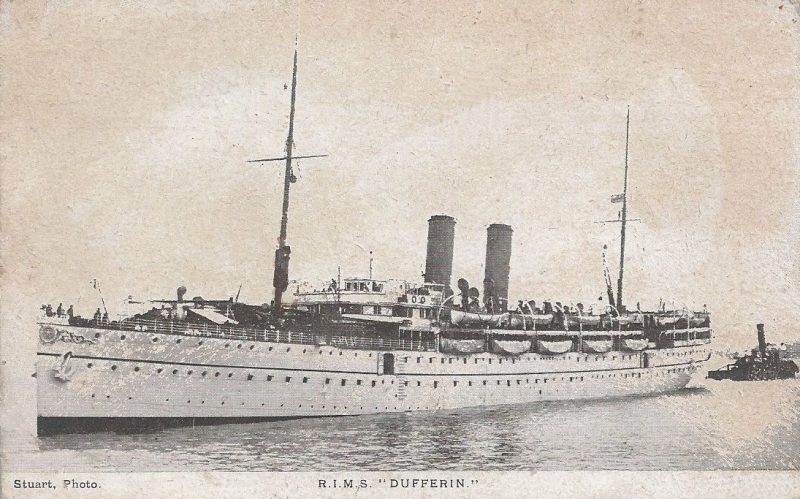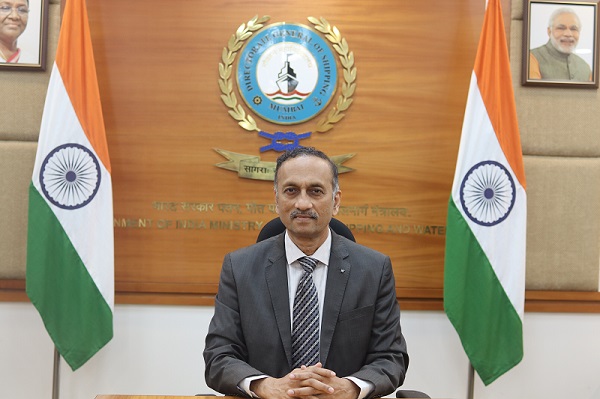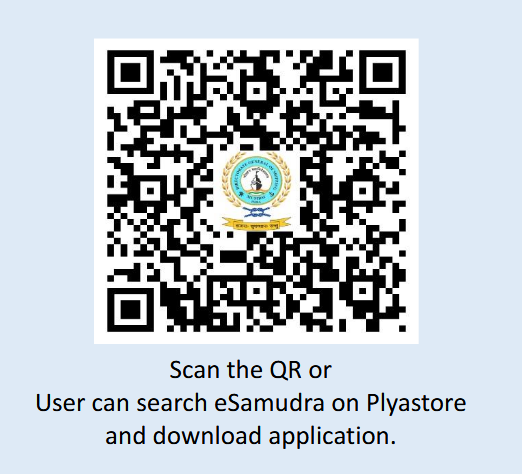Maritime Training Heritage
The Directorate General of Shipping, an attached office of the Ministry of Ports, Shipping and Waterways, New Delhi, was established under section 7 of Merchant Shipping Act, 1958.
• "Indian Shipping had to perish so that British Shipping might flourish." — Mahatma Gandhi. India has long been recognized as a maritime nation with a rich and enduring heritage. Historical records trace India's maritime trade links back to the Harappan Civilization, showcasing its prominence in global commerce well before the rise of Western civilizations. One of the earliest examples of maritime infrastructure is the world's first tidal dock, believed to have been constructed at Lothal around 2300 BC, near present-day Mangrol harbor on the Gujarat coast.

The Training Ship Dufferin (TS Dufferin) was the first maritime training vessel for Indian merchant navy cadets.
• The Rig Veda, composed around 2000 BC, attributes to Varuna the knowledge of oceanic routes commonly used by ships. It also describes naval expeditions involving hundred-oared vessels used to assert dominance over other kingdoms. India's maritime tradition is as ancient as its civilization and as vast as the Indian Ocean, reflecting a legacy of navigation, trade, and seafaring excellence.
• The first Indian-owned vessel S.S. "Loyalty", owned by M/s. Scindia Steam Navigation Co., sailed out of Bombay Harbour on 5th April 1919 for London with British officers.
•R.I.M.S Dufferin was acquired by the Department of Commerce and converted into a training ship. On December 1927, the first batch of 50 nautical cadets joined the I.M.M.T.S. DUFFERIN. In 1935, training of engineering cadets commenced on the Dufferin, admitting 25 nautical and 25 engineering cadets annually.
• In 1949, Marine Engineers training shifted ashore to D.M.E.T (Directorate of Marine Engineering Training) in Calcutta with a Bombay branch. The ship T.S. Rajendra was received by Prime Minister Mrs. Indira Gandhi on 2nd April 1972, and the 'Dufferin' was decommissioned in April 1972.
• Training shifted to the shore-based T.S. 'Chanakya' in 1993, with T.S. Rajendra's University of Bombay affiliation transferred. The Marine Engineering & Research Institute operates in Calcutta and Mumbai.
• The Nautical and Engineering College (established October 1948) trained Merchant Navy officers in Navigation and Engineering. Relocated to Hay Bunder in 1966, it was renamed Lal Bahadur Shastri Nautical and Engineering College on 8th June 1967. Upgraded to LBS College of Advanced Maritime Studies and Research on 11th February 1994.
• Post-independence, the National Shipping Policy and Merchant Navy Training Committee (1947) established three pre-sea training institutes: T.S. Bhadra (Calcutta, 1950), T.S. Mekhla (Visakhapatnam, 1951), and T.S. Naulakshi (Navalakhi, 1955). The Committee on Marine Education and Training (COMET, 1991) recommended reforms implemented through the Praveen Singh Committee report.
• The Indian Institute of Maritime Studies (IIMS) was established on 6th June 2002, incorporating four government-run maritime institutions. The government also founded the National Maritime Academy, Chennai (formerly National Institute of Port Management) and Indian Institute of Port Management, Kolkata.
• 1997 liberalized guidelines enabled private sector participation, resulting in ~125 training institutes offering Pre-Sea and Post-Sea training programs recognized by the Directorate General of Shipping (DGS).
• The Committee on Maritime Education and Training (COMET, 1991) recommended establishing the Indian Maritime University (IMU) through Parliament Act.
• The Indian Maritime University Act, 2008 (Act No. 22) was passed on 12th November 2008, establishing IMU as a Central University headquartered in Chennai with regional campuses in Mumbai, Kolkata, Visakhapatnam, and Chennai.
• IMU serves as both a teaching and affiliating university, offering Undergraduate, Postgraduate, and Doctoral programs in maritime disciplines, driving the modernization of India's maritime industry.


























































































































